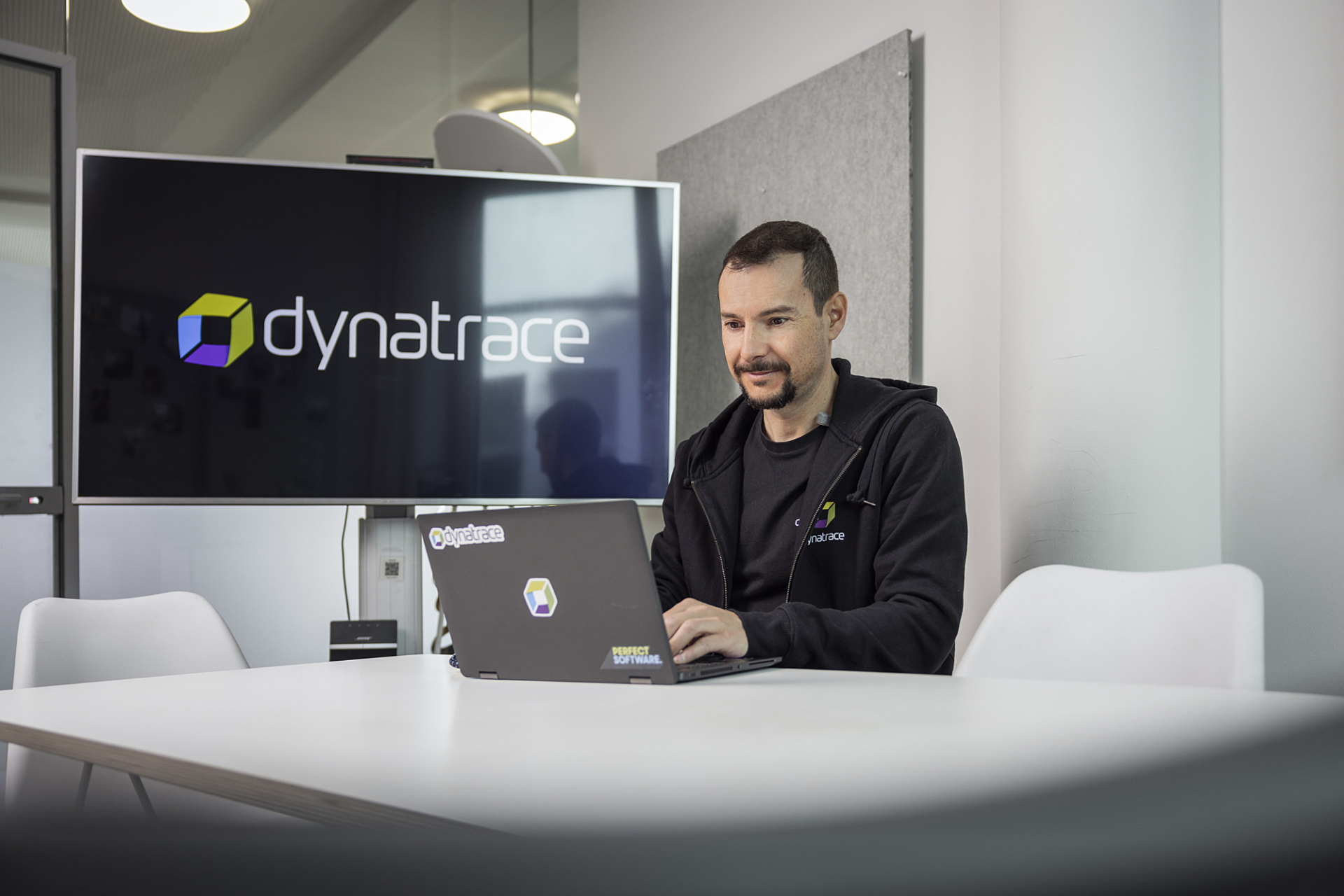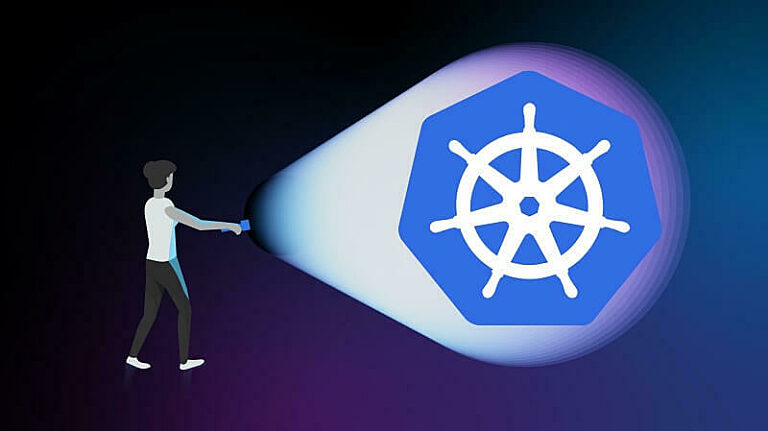
Within every industry, organizations are accelerating efforts to modernize IT capabilities that increase agility, reduce complexity, and foster innovation.
Many use containers and container orchestration to support digital transformation and deliver new digital services faster. By embracing public cloud and hybrid cloud computing environments, IT teams can further accelerate development and automate software deployment and management.
So, what is container orchestration? Before we dive into the particulars, it helps to understand containers and why they’re so popular.
Why containers?
A container is a small, self-contained, fully functional software package that can run an application or service, isolated from other applications running on the same host.
Containers enable developers to package microservices or applications with the libraries, configuration files, and dependencies needed to run on any infrastructure, regardless of the target system environment. Container technology enables organizations to efficiently develop cloud-native applications or to modernize legacy applications to take advantage of cloud services.
Key business benefits driving the adoption of container technology include the following:
- faster time to market for new products and services
- accelerated innovation
- greater application scalability
- simplified IT environments
- better use of multicloud and hybrid cloud resource optimization
Containers can run on virtualized servers, bare-metal servers, and public and private clouds. But managing the deployment, modification, networking, and scaling of multiple containers can quickly outstrip the capabilities of development and operations teams. The dynamism of containers establishes the need for container orchestration.
What is container orchestration?
Container orchestration is a process that automates the deployment and management of containerized applications and services at scale. This orchestration includes provisioning, scheduling, networking, ensuring availability, and monitoring container lifecycles. Container orchestration enables organizations to manage and automate the many processes and services that comprise workflows. The practice also makes it possible to deploy one application within multiple environments without having to manually configure it for each variation or update.
According to the Cloud Native Computing Foundation’s 2022 Cloud Native Survey, nearly 80% of organizations use containers in at least some production environments. A full 44% report using containers in nearly all production environments. Another 9% are actively evaluating containers.
Because containers are ephemeral, managing them can become problematic, and even more problematic as the numbers of containers proliferate. Problems include provisioning and deployment; load balancing; securing interactions between containers; configuration and allocation of resources such as networking and storage; and deprovisioning containers that are no longer needed.
How does container orchestration work?
Several leading container orchestration platforms overlap in some cases and differ in others with their capabilities, feature sets, and deployment practices.
Depending on which platform you use, container orchestration encompasses various methodologies. Generally, container orchestration tools communicate with a user-created YAML or JSON file — formats that enable data exchange between applications and languages — that describes the configuration of the application or service. The configuration file directs the container orchestration tool on how to retrieve container images, how to create a network between containers, and where to store log data or mount storage volumes.
Container orchestration tools also manage deployment scheduling of containers into clusters and can automatically identify the most appropriate host. Once it assigns a host, an orchestration tool uses predefined specifications to manage a container throughout its lifecycle. These activities include automating and managing the many moving pieces associated with microservices within a large application.
Docker Swarm vs. Kubernetes vs. Apache Mesos: The top container orchestration platforms
Three of the most prominent container orchestration platforms are the following
Of these, Kubernetes is the most prevalent, although each has its own strengths and ideal applications. Although Kubernetes dominates within the cloud-native community, the 2022 CNCF report finds it does not have a monopoly in the container industry. In fact, 72% of respondents who use containers directly and 48% of container-based service providers are evaluating Kubernetes alternatives.
Docker Swarm
First introduced in 2014 by Docker, Docker Swarm is an orchestration engine that popularized the use of containers with developers. Docker containers can share an underlying operating system kernel, resulting in a lighter weight, speedier way to build, maintain, and port application services. The Docker file format is used broadly for orchestration engines, and Docker Engine ships with Docker Swarm and Kubernetes frameworks included.
Swarm runs anywhere Docker does, and within those environments, it’s considered secure by default and easier to troubleshoot than Kubernetes. Docker Swarm is specialized for Docker containers and is generally best suited for development and smaller production environments.
Kubernetes
Also developed in 2014 and often referred to as K8s, Kubernetes has emerged as a de facto standard for container orchestration, surpassing Docker Swarm and Apache Mesos in popularity. Originally created by Google, Kubernetes was donated to the CNCF as an open source project.
Part of its popularity owes to its availability as a managed service through the major cloud providers, such as Amazon Elastic Kubernetes Service, Google Kubernetes Engine, and Microsoft Azure Kubernetes Service. Likewise, Kubernetes is both an enterprise platform and managed services with Red Hat OpenShift. Other Kubernetes distributions are provided with SUSE Rancher, VMware Tanzu, and IBM Cloud Kubernetes Service.
Like Docker Swarm, Kubernetes runs only containerized workloads. But Kubernetes scales better for production environments. And organizations use Kubernetes to run on an increasing array of workloads. As we found in our Kubernetes in the Wild research, 63% of organizations are using Kubernetes for auxiliary infrastructure-related workloads versus 37% for application-only workloads. This means organizations are increasingly using Kubernetes not just for running applications, but also as an operating system.
Apache Mesos
Apache Mesos is a cluster manager that can run containerized and noncontainerized workloads. Originally developed as a research project at the University of California, Berkeley, in 2009, Mesos launched formally as a mature product in 2016 under the auspices of the Apache Software Foundation, a decentralized open source community.
Mesos supports several container orchestration engines and can launch Docker containers independently of the Docker daemon. Using Marathon, its data center operating system (DC/OS) plugin, Mesos becomes a full container orchestration environment that, like Kubernetes and Docker Swarm, discovers services, balances loads, and manages application containers.
Apache Mesos with the Marathon DC/OS is popular for large-scale production clusters running existing workloads on big data systems, such as Hadoop, Kafka, and Spark.
Mesos also supports other orchestration engines, including Kubernetes and Docker Swarm. Its scale and flexibility make it a favorite of companies like Twitter, Uber, and Netflix.
Planning for the future of container orchestration
Container orchestration engines help create bigger, more dynamic environments every day. Maintaining complete observability into applications and microservices, as well as the infrastructure they run on, is critical to ensure the performance and availability of complex and distributed container environments.
Dynatrace provides AI-powered observability into Kubernetes and Docker Swarm. By creating and maintaining a precise, real-time topology (or map) of the entire software stack, Dynatrace continuously discovers all infrastructure components, microservices, and interdependencies between entities—containers and all. With this capability, organizations can instantly understand the availability, health, and resource utilization of containers.


